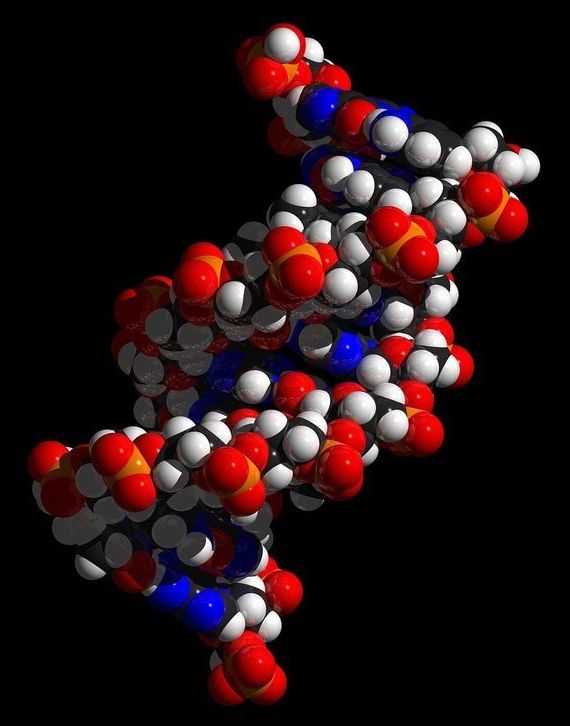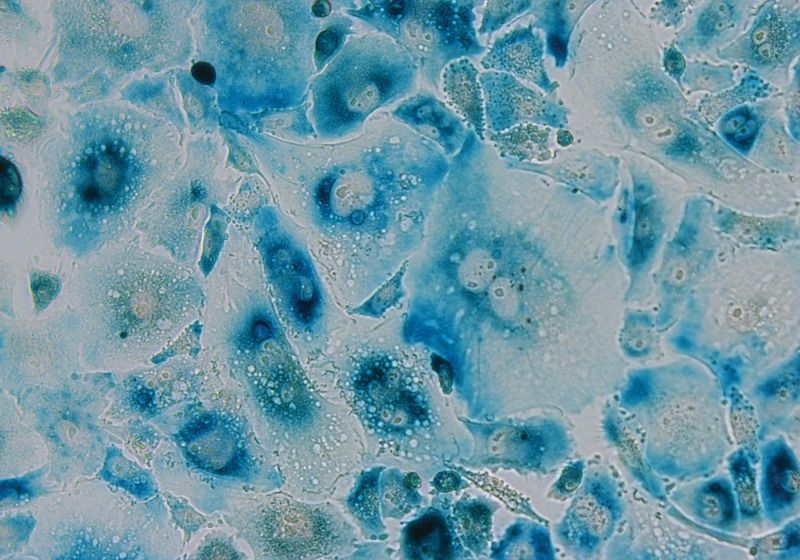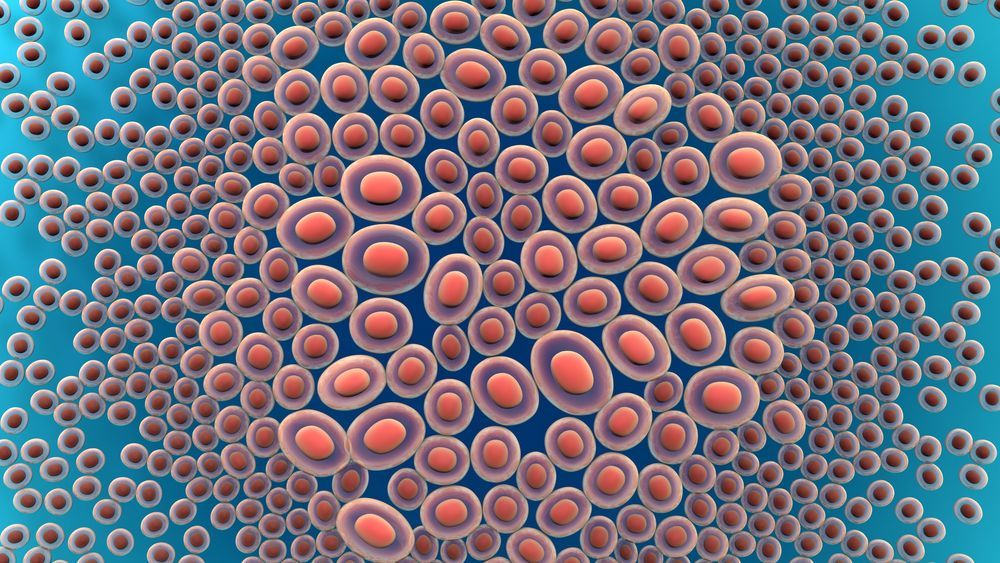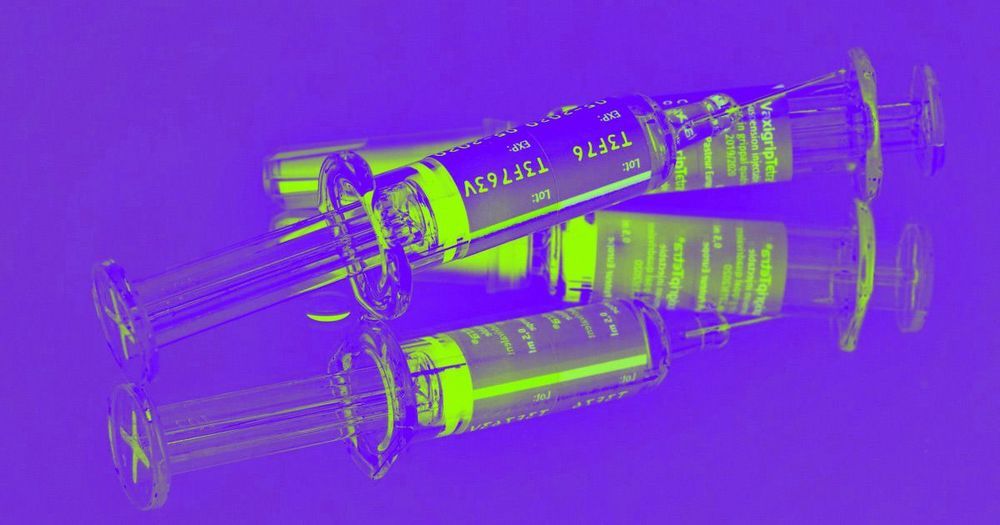Cells can both survive and multiply under more stress than previously thought, shows research from the Faculty of Health and Medical Sciences.
This was found by inhibiting the essential gene DNA polymerase alpha, or POLA1, which initiates DNA replication during cell division.
The discovery gives researchers new insights into DNA replication and may potentially be used for a new type of cancer treatment. Research Leader and Associate Professor Luis Toledo of the Center for Chromosome Stability at the Department of Cellular and Molecular Medicine states as follows:







